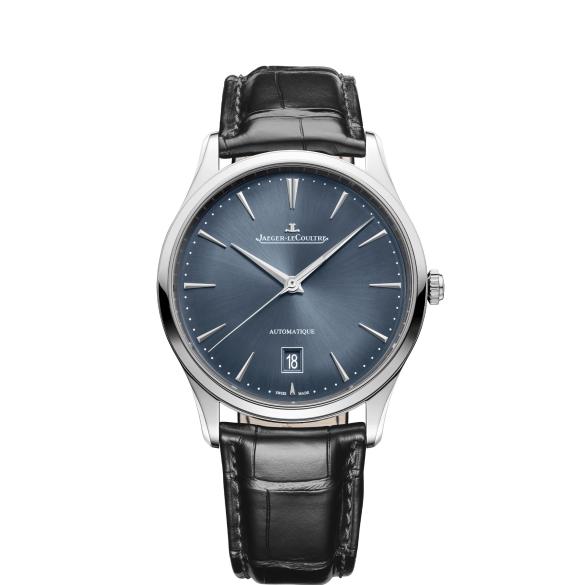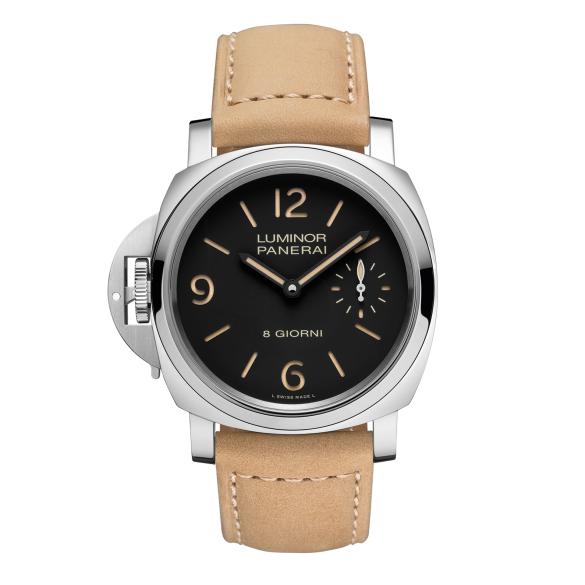The Omega Seamaster Diver 300M Monochrome – as we call it to keep it simple – comes in two variants, from which one is really new
Stainless steel
Stainless steel is widely used in watches due to its durability and corrosion resistance. There are some variants that differ in quality and properties. The hardness is often indicated in HV (Hardness Vickers).
.
This hardness value is calculated based on the force applied and the surface area of the indentation. The higher the HV number, the harder the material is, indicating greater resistance to deformation and scratching.
.
Different stainless steel grades
.
316L is the most common for watches, offering corrosion resistance, particularly in saltwater. It is used by most brands. It has a Vickers hardness of around 150-200 HV.
.
Then there is 904L stainless steel which is a high-end alloy used primarily by Rolex. It’s more corrosion-resistant and durable than 316L but harder to machine. This has a Vickers hardness of approximately 200-250 HV.
.
Another variant is 440C, known for its hardness and wear resistance, though less corrosion-resistant. It’s often used in watch components that require high strength. It has with a Vickers hardness ranging from 550-700 HV.
.
Cheaper stainless steel and steel for parts
.
Next is 304, a cost-effective option with good workability and decent corrosion resistance, typically found in budget watches. For the inside of a watch there is 17-4 PH which is a strong, precipitation-hardened alloy. It is used in high-performance watch components like screws and movement parts.
.
A less common due to its magnetic properties and lower corrosion resistance is 430, but it offers good formability.
.
Lastly we mention carbonitrided stainless steel, although there are more variants. This carbonitrided treated steel variant is hardened and more scratch-resistant, used in high-end watches for durability.
.
The hardest stainless steel we have seen so far is introduced by Hanhart in 2024, and called HD12. Which is carbon diffused into stainless steel in a surface hardening process, and then topped off with a transparent hard coating (PVD). The result is a Vickers hardness of 1,200.
.
Just as a reference, the Vickers hardness of diamond, the hardest natural material on Earth, is 7,000 to 10,000 HV. Which is also indicated as 70 GPa to 100 GPa (Gigapascals).
.
Compare case materials on the Hardness Vickers scale (from hard to hardest):
.
| Carbon | 20-50 HV |
| Platinum | 40 HV (950 platinum: 80-135 HV) |
| Silver | 70-90 HV |
| Bronze | 60-150 HV (100-200 HV treated) |
| Aluminium | 120-200 HV |
| Gold | 120-200 HV (18k or 14k) |
| Palladium | 150-200 HV |
| White gold | 150-250 HV |
| Stainless steel | 150-250 HV (special 1200 HV) |
| Titanium | 150-200 HV (grade 2) / 300-400 HV (grade 5) |
| Ceramic | 1200-1400 HV (1500-2000 for alumina) |
| Sapphire | 2000-2300 HV |
.
Stainless steel watches
The Jaeger-LeCoultre Master Ultra Thin Date Blue-Grey represents the synthesis of modern dress watch design with a balance of style and precision
The Ulysse Nardin Diver NET Vendée Globe is a limited-edition dive watch designed for the Vendée Globe, solo sailing races around the world
Louis Erard’s Le Régulateur x Olivier Mosset TimeForArt Edition, a collaboration with artist Olivier Mosset, is for collectors and art enthusiasts
The MeisterSinger Primatic 365 is a makeover of the 2022 Primatic, now with an adjusted dial with a so-called “365” design. And it has two hands…
The Vulcain Monopusher Heritage Green and Turquoise takes inspiration from Vulcain’s mid-20th-century chronographs
The Zenith Defy Skyline Dubai Edition is a special edition available only at the Zenith boutiques in Dubai Mall and Mall of Emirates
The Panerai Luminor Destro Otto Giorni reference PAM01655 stands out as a homage to Panerai’s historical connection with the Italian Navy
The Carl F. Bucherer Heritage Worldtimer pays tribute to the early days of jet travel with a modern update to the brand’s 1950s worldtimer
This Hamilton American Classic PSR 74 draws its heritage from the original Hamilton Pulsar, a watch that redefined digital timekeeping in the 1970s









